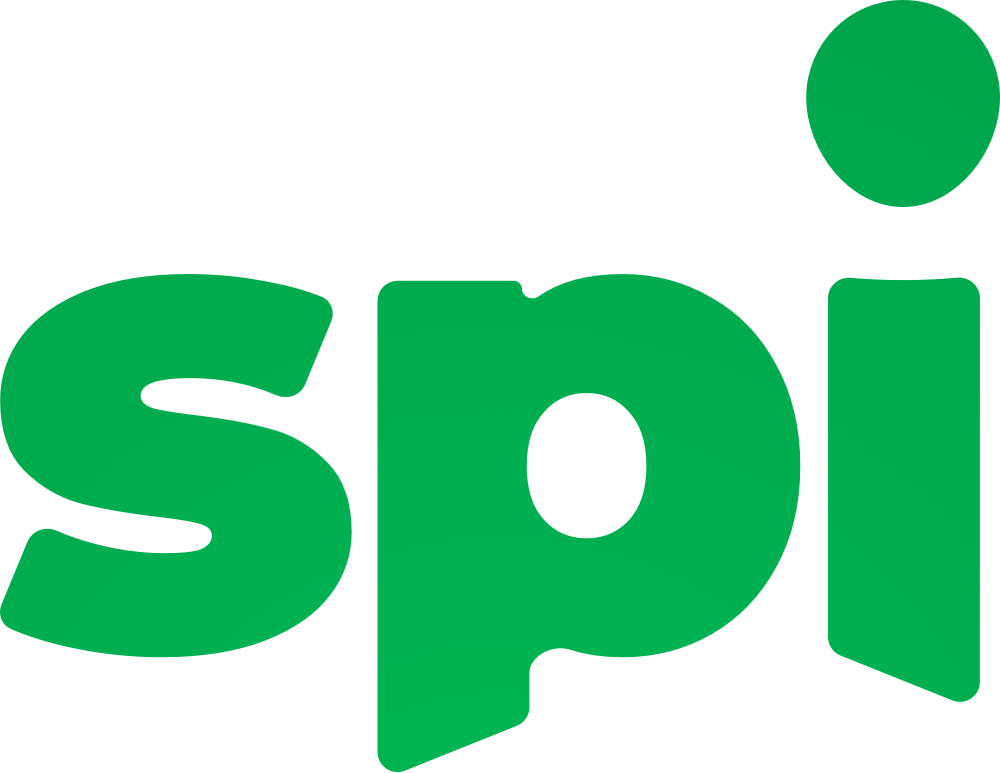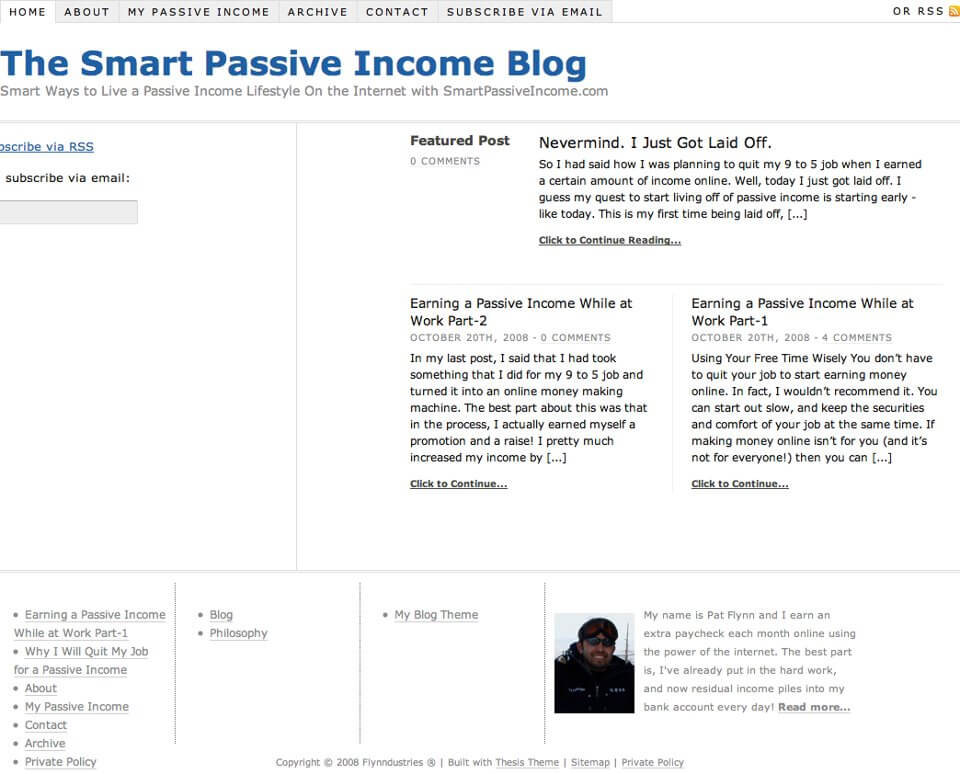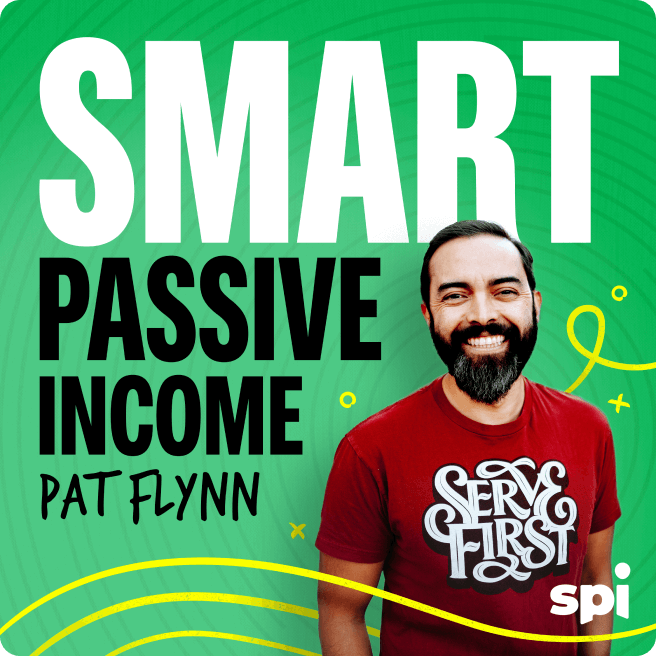
Learn about SPI and the team here to help you
SPI Media is dedicated to helping you become a stronger entrepreneur. Learn about our history and mission, and meet the team.
About SPI Media
SPI Media was born in 2020, the official marriage of two long-time businesses: Pat Flynn’s Smart Passive Income website and Matt Gartland’s Winning Edits creative agency. Want to learn more? Click below to read on.
How Smart Passive Income and Winning Edits came together
About Smart Passive Income

Pat Flynn started Smart Passive Income in 2008 to share what he had learned in the process of building a popular blog for an architecture industry exam. Ethical advice on how to monetize a blog was hard to come by, and Pat wanted to share the lessons he learned.
Transparency has always been at the heart of the SPI brand, with Pat becoming “the crash-test dummy of online business,” running experiments and sharing the results, whether they were positive or negative. Pat also began a monthly practice of publishing income reports, sharing totals for the income earned from each revenue stream, along with the expenses incurred to achieve that revenue. In an industry overrun with get-rich-quick schemes, Pat’s was a mission of radical transparency. Readers hoping to start an online business gained a realistic understanding of the work involved, as well as the time and investment required to get started. The income reports were one of the Smart Passive Income site’s most popular features and ran until 2017 when we determined that Pat’s business was no longer representative of our average reader’s business.

The Smart Passive Income Podcast with Pat Flynn launched in 2010 and has consistently been one of the most popular business podcasts, with over 80 million downloads since. The podcast has been instrumental in helping us serve a worldwide audience with the most powerful online business strategies.
Our north star at SPI has always been providing actionable, ethical business advice, whether through free content, books, courses, or now membership communities.
About Winning Edits

Matt Gartland started Winning Edits in 2011 as a creative agency for author entrepreneurs, specializing in all aspects of book production, including editing, design, and self-publishing support. Over time, the agency’s services grew to support a wide variety of content production, including blogs, podcasts, and online courses. Winning Edits long served as Smart Passive Income’s creative agency. Winning Edits has been the secret behind-the-scenes partner to many bestselling books and other transformational content in the entrepreneurial space.
One of Matt’s true gifts is finding and developing talent, and Winning Edits grew to have a deep bench of creative, skilled staff. It was clear as time went on that for everyone on the Winning Edits team, Smart Passive Income was the favorite customer — a combination of enjoying Pat as a person, the commitment to ethical advice, and the wonderful Smart Passive Income audience. As Smart Passive Income grew, so too did the volume of its creative needs, setting the stage for the merger of these two organizations into a single brand: SPI Media.
The values that underlie everything we do at SPI
Mission
A mission is a company’s north star. It establishes a reason for being — a “why” we exist. All of our work is guided by this simple, empowering, unifying statement.
Our Mission: To elevate entrepreneurs to within reach of their dreams.
Vision
A vision is a direction, not a current-state reality; it’s something we work to achieve. Our vision is informed by the mission and describes that mission in precise, actionable terms.
Our Vision: SPI is a trusted learning and development ecosystem that serves a worldwide community of online entrepreneurs. The community is alive with individuals and teams from all walks of life and at all stages of their entrepreneurial journeys bonded by a common cause: to build purpose-driven and profitable businesses they can be proud of. SPI empowers its community members to take action toward achieving their goals by providing best-in-class educational content, community-building opportunities, and training experiences. SPI also partners with other industry experts to develop and champion useful resources that further enable its mission.
Core Values

Be Kind, No Exceptions

Give a Hoot

Learn from Everything

Bring together, stay together

Deliver on Your Promises
Meet Team SPI

Ashley Gore
Community Experience Manager,
SPI Academy

David Grabowski
Editorial Manager

David Masnato
Community Experience Manager,
SPI Pro

Heather Angel
Community Experience Manager,
Experts in Residence

Kelsey Bressie
Marketing Coordinator

Kristen Campbell
Associate General Manager

Matt Gartland
Chief Executive Officer

Mindy Peters
Director of Data and Technology

Pat Flynn
Founder

Sandy Mann
Director of Marketing

Community is at the heart of everything we do
Hey, hi, hello! We’re Pat and Matt, the two entrepreneurs behind SPI. To us, community is more than a buzzword. It’s our purpose and our business model.
Pat created SPI back in 2009 — this was at the beginning of what we now call the “creator economy.” SPI quickly became one of the best places to learn the ropes of being an online entrepreneur. Since then, SPI has grown to an audience of over 130,000.
Matt joined forces with Pat at the end of 2018. He led the charge to create SPI Pro — our first community, which launched in 2020. To date, we’re proud to serve and support over 1,200 entrepreneurs committed to finding success on their terms.
We’ve lived the journey you’re on now. It’s thrilling. It’s hard. It’s worth it. Keep going. And if you like, let us (with our team and community of peers and experts) help you. We’re in this together.